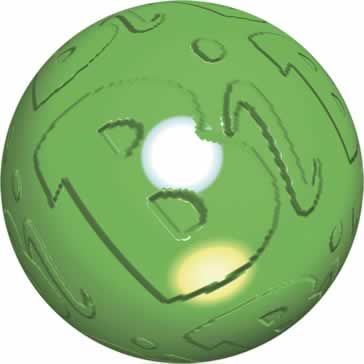ALL ABOUT ARSENIC

|

|

|

|

|

|
USEFUL LINKS FOR As |
Quick Facts:Arsenic was identified by the German alchemist Albertus Magnus around 1250 AD. Arsenic was used by the ancient Asians, Egyptians, Greeks, Romans and Chinese. In 1649 Schroeder published two methods of preparing the element. Arsenic is a highly poisonous metallic element. It has three allotropic forms, yellow, black, and grey. Its name comes from the word arsenikon which is the Greek name for the pigment yellow orpiment. Properties of arsenic:Elemental
Symbol: As What is arsenic?Arsenic is a metalloid - a natural element that is not actually a metal but which has some of the properties of a metal. Arsenic can exist in many different chemical forms in combination with other elements. Some forms of arsenic are inorganic - they do not containcarbon, other forms contain carbon and are classed as organic. Inorganic arsenic exists in four main chemical forms, which are known as valency or oxidation states. How does arsenic occur in the environment? |
||
|
 |
 |
Arsenic occurs in large quantities in the Earth's crust. It is present in a number of minerals and occurs in trace quantities in rocks, soil, water and air. Around a third of atmospheric arsenic is derived from natural sources, e.g. volcanoes and the remaining two-thirds occurs through man-made sources. High levels or arsenic can be found in drinking water which has been collected from deeply drilled wells or indeed as a natural phenomen where ground water has been contaminated by minerals dissolving from rocks and soils. This problem is more commonplace in South Asia. The major industrial processes which cause antropogenic arsenic contamination of the air, soils and water in the environmental are:
The use of pesticides containing arsenic has also contaminated large areas of agricultural land. The use of arsenic as a preservative for timber has also led to environmental contamination. On the 12th February 2002 the US EPA announed the voluntary decision of the Pressure Treated Wood Industry to phase out the use of arsenic-based wood preservative known as chromated copper arsenate (CCA) in all products destined for the consumer market. CCA which was the most common wood preservative in the US contains 22% pure arsenic. In the US from December 31, 2003, no wood treater or manufacturer is allowed to preserve wood for residential use with CCA. Click here for more information regarding CCA. Arsenic and its compounds are also used in insecticides, weed killers, solid-state doping agents, and various alloys. How does arsenic affect human health?Exposure to high levels of arsenic can cause cancers of the skin, bladder, kidney, and lung, and diseases of the blood vessels of the legs and feet. Diabetes, high lood pressure, and reproductive disorders have also been linked to arsenic exposure. |
||





